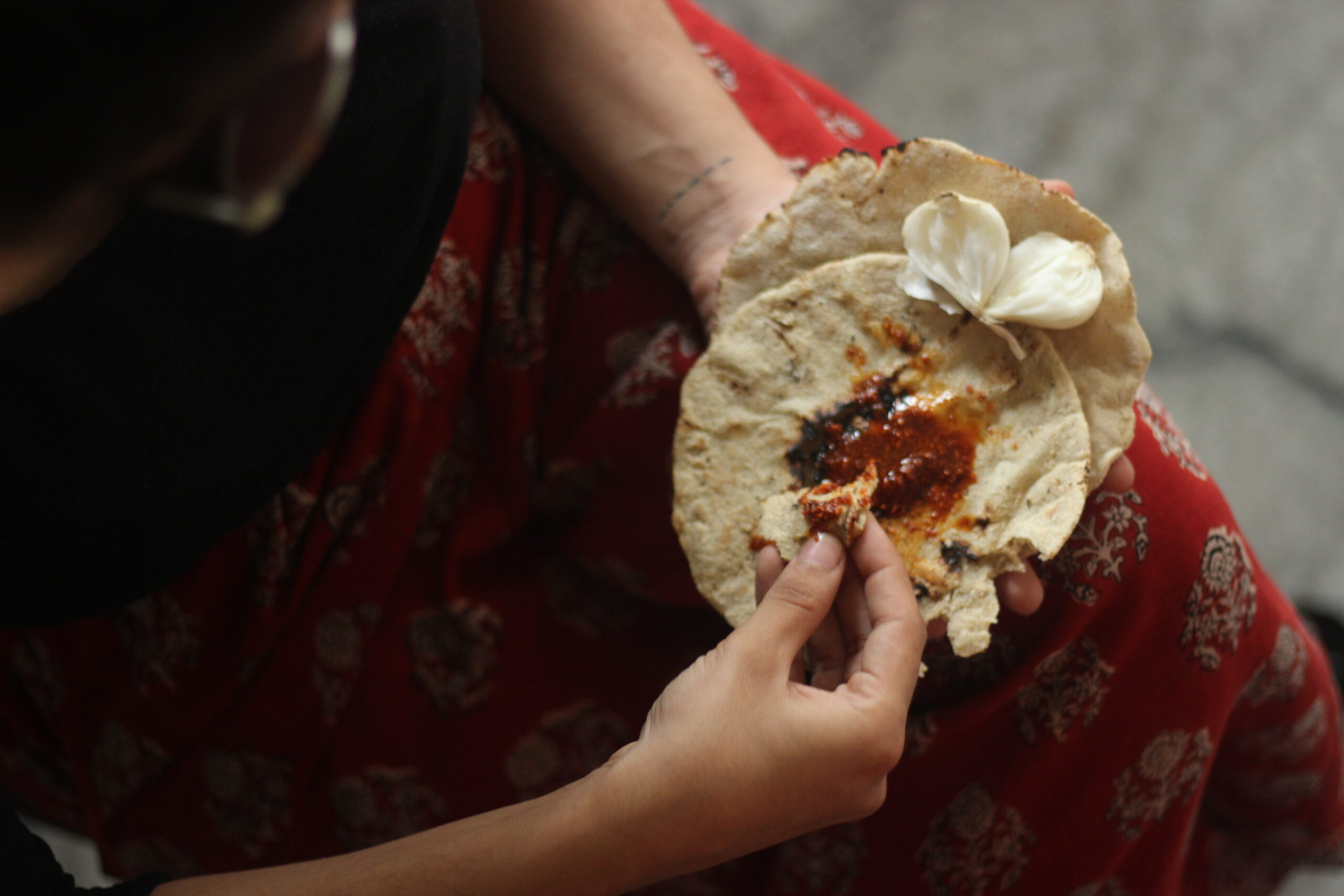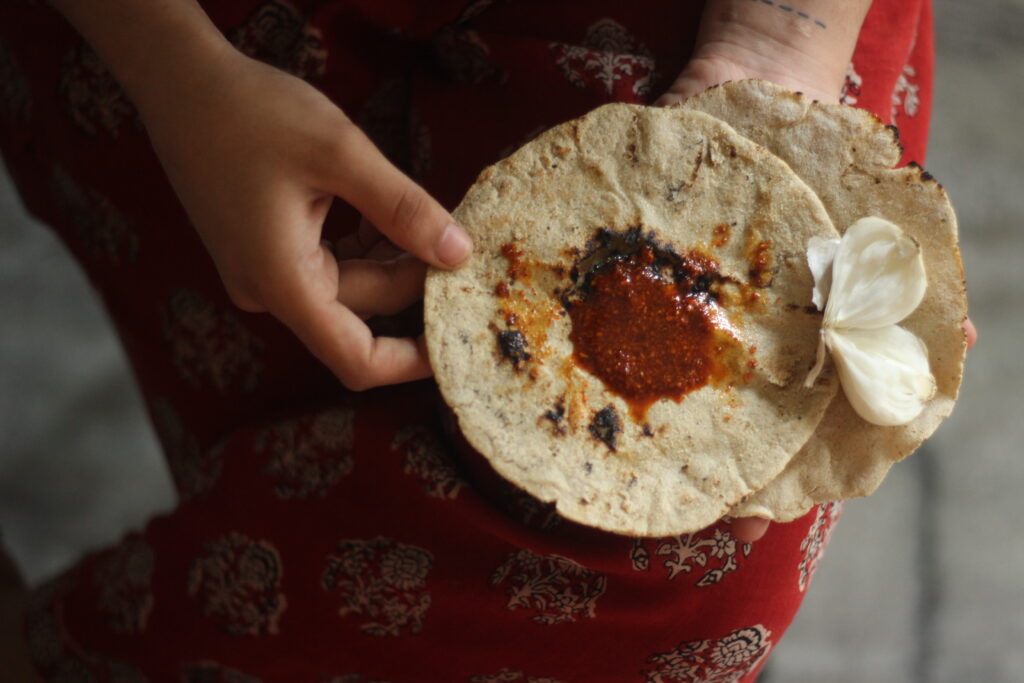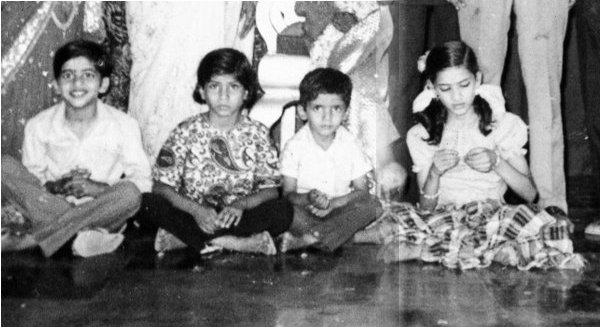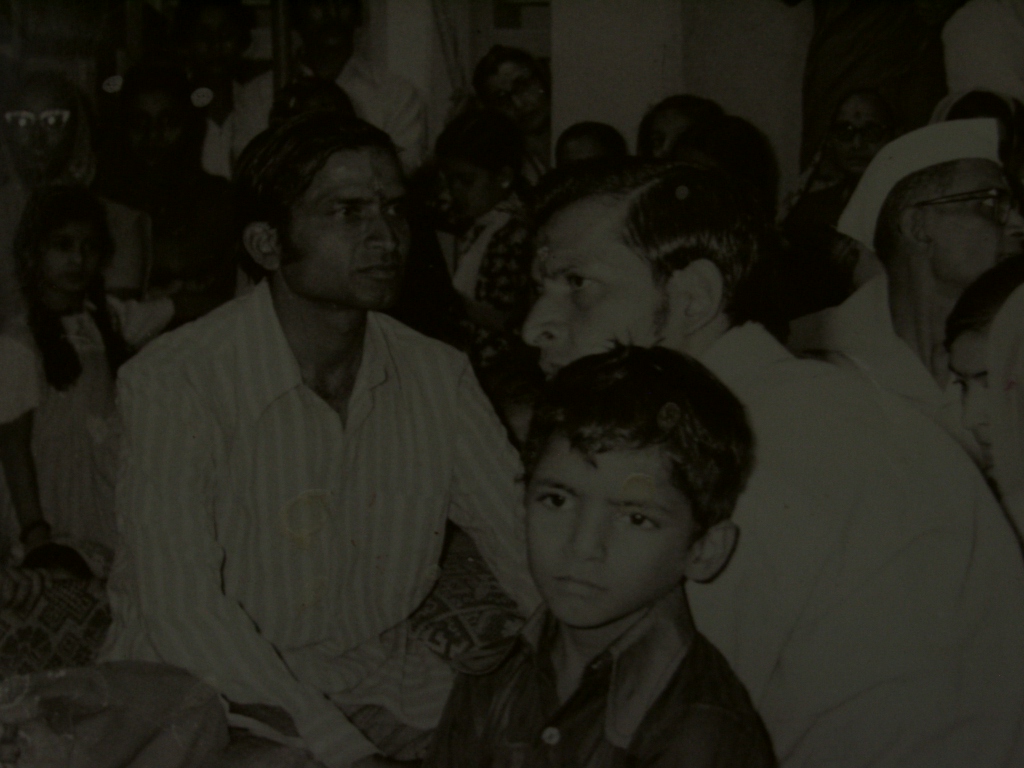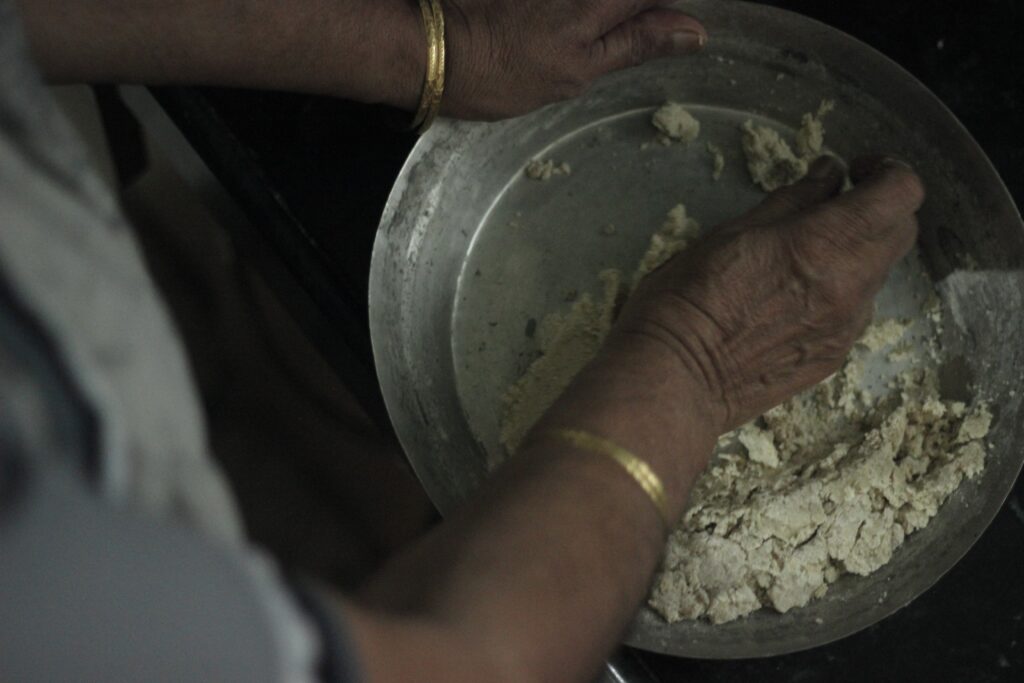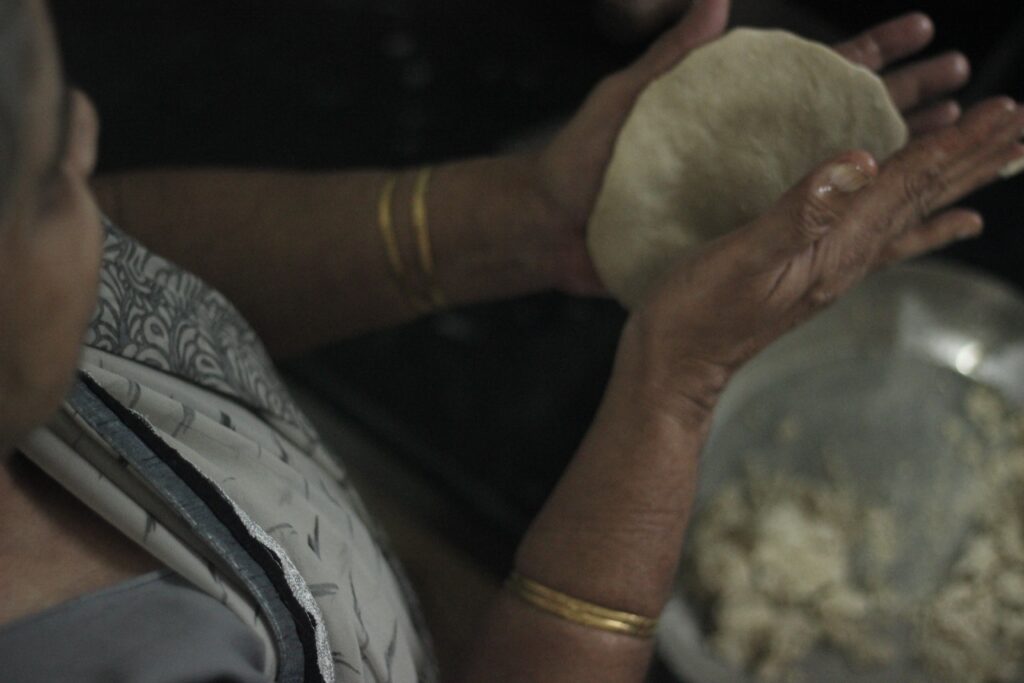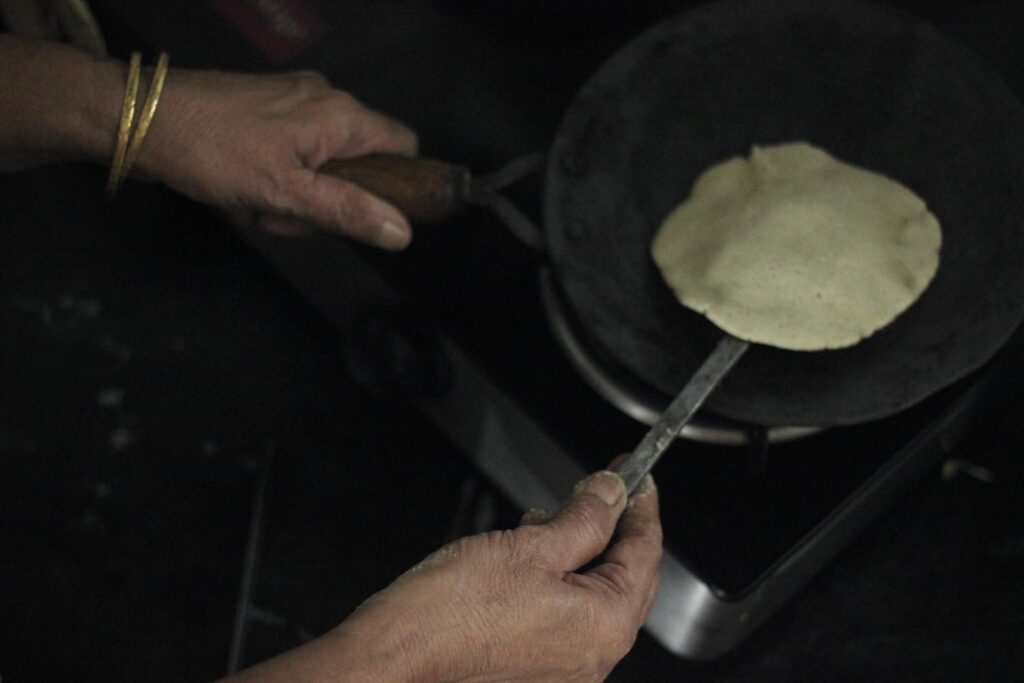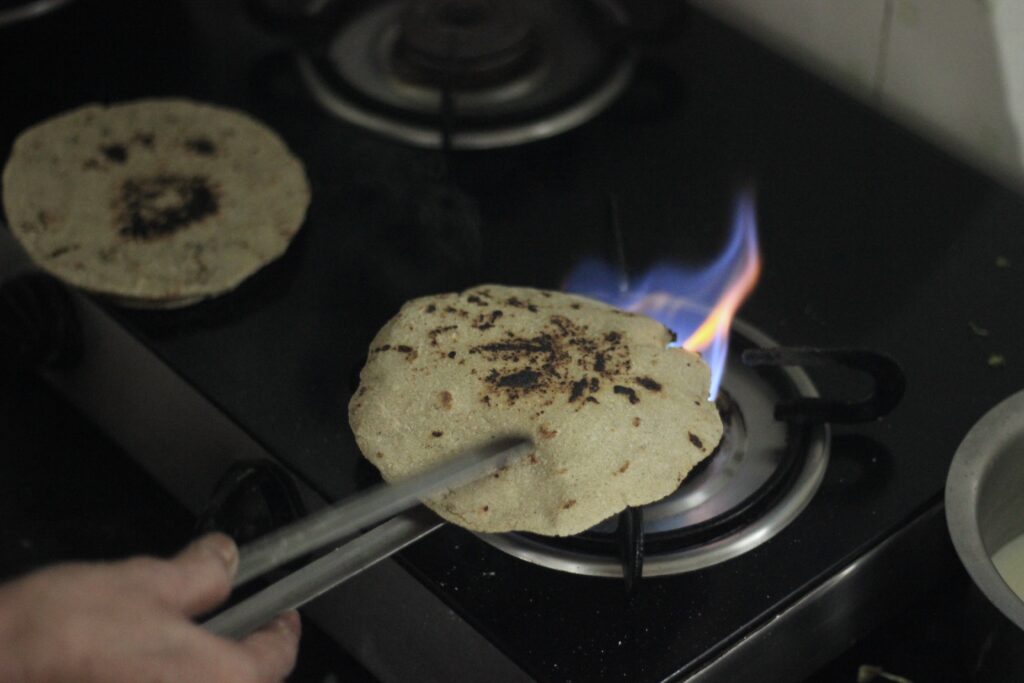Navin’s story
It dates from 50 years ago. Jiji/Kaka (my parents) were living in Malegaon. Kaka was a building contractor and for various reasons, they were living in a shed constructed on the construction site itself. Some regular workers also lived on the site.
I don’t know the exact context, but Jiji ran into one of the workers at night, and she asked him if he had dinner. He said yes. Then she asked him what was for dinner, and he said, “तेल मीठ मिरची चा पाणी नि भाकरी”
I don’t know if this is a common tactic, or maybe it was something specific to this guy’s family. But apparently, on days when you cannot afford to buy vegetables, you just put tadka on some water and eat the bhakri with that water.
I first heard this story more than 45 years ago and still can’t quite forget it. Every once in a while, I wonder whether I should try it out and see what it tastes like.
My experience making, eating and feeding bhakri
- There are two ways to make bhakri according to dadi. Both delicate and require experience or a teacher and patience. In one, you use your hand to shape the bhakri and in the other you use your chakla. But both only use hands. I picked dadi to teach me and was later told that mummy wanted to teach me. She was disappointed and has decided to teach me all over again.
- Mumma said her Via dil story would also have been bhakri, but now she’ll think of a new one because this is taken.
- I have known bhakris is two ways. The first hand way of desiring it as some exotic food and the other in dadi and papa’s stories. When papa was little, the family was poor. He went to school on a loan, he forged his bus passes so he could afford the bus, wore a pant with holes and on bad days when no vegetables could be afforded ate bhakri with mirchi, namak and water. A level above this was eating chapati with watered-down chai. This little guy in second grade made a graph of his body temperature when he had a fever in boarding school. If I could ever travel in time, I would go back 50 years and hug this little man.
- A lot of people, where I come from still eat bhakri with watered-down spices. Farmers, daily wage workers carry a bhakri and some salt and red chilli in the chilli to where they work. Water the spices at mealtime and if they are in a farm where onions can be found, get an onion, break it open with the heel of their palm and eat it.
- I was not sure I could get a bhakri and water down. So I had a backup sabji ready. The uncomplicated and rich taste surprised me, felt comfortable. I did not need to use my backup sajbi.
—
This story was submitted by my uncle, mama. This guy got me out of my scary, traumatic life every year for a month as a child. This month was then jammed full of swimming, English, art classes and nurturing the flickering light of hope in my mind. I wanted to get out of my life of violence and have a life I saw around me during that month. He would later also participate in: getting mumma the doctor who would diagnose and help her, helping me realize I want to quit engineering, being on my feet as I find a system to help mumma and dismantling the notion that there is one imperfect person who can be someone’s pole star.
I was to grow into a person who sometimes did not agree with his advice. I would become starkly different than my parents, relatives, friends, books and guardians who pitched in to raise me. I wonder how I got here. This journey is a mysterious one. I am not sure who my compass was.
This is how far I have come in that discovery: A lot of decisions go into making a life-the choices people make, together and on their own, that combine to produce any single event. Like grains of sand, incalculable, pressing into sediments, then rock. Mama is a part of things that went into making a me. A lot of me, while it does not seem like it, is him.
Recipe
Ingredients
Jowar/Bajra flour – 1 cup
Hot water
Salt to taste
Process
- Heat water and add a little of it to the flour.
- Mix with a spatula/spoon till it becomes luke warm
- Knead it with your hand till the floor becomes soft. Add water if required. The flour should be slightly sticky.
- Make a ball out of fistful of the dough
Method 1: using only hands
- Wet your palms slightly
- Start rolling the ball between your palms, while applying slight pressure with the mounds. Keep rotating it slowly. Keep wetting your hands every-time if feel the dough sticking to your palm. (This is hard. So be patient and keep trying)
- When the bhakri is about half a cm or lesser, put it on the hot pan
Method 2: using a flat platform
- Flour the platform and your palm.
- Put the ball of dough on the platform. Using the floured palm of your hand press and rotate the flour lightly. This should flatten it while making sure it does not stick and tear.
- Whenever you feel the movement restricted, add flour to your palm and the platform below the dough.
- When the bhakri is about half a cm or lesser, put it on the hot pan
- Wet your palm and wet the surface of the bhakri, so it is no more flakey
Roasting the bhakri
- Once on the pan, let it heat on medium to high flame for a minute and then flip it using a spatula
- Let the other side roast for a minute or 2
- Now put the bhakri on the flame directly using tongs
- Turn around till the bhakri looks fully cooked (the colour of the bhakri should lighten from when it was wet)
